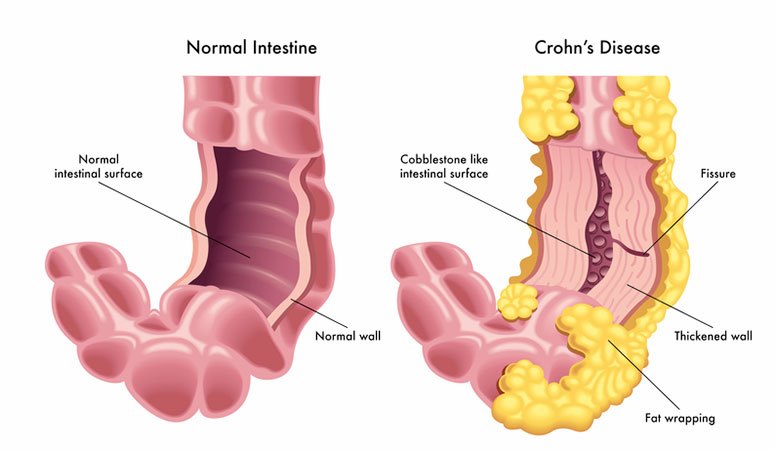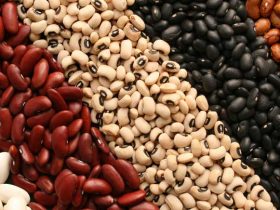Overview

Crohn’s disease was first diagnosed [1] and described in 1932 by the American physician Barryl Crohn. It got its name from the name of the discoverer. Previously quite rare, in recent years the disease has been much more common, especially in developed countries. Crohn’s disease affects 50 in every 100,000 people worldwide.
Crohn’s disease (CD) [2] is a transmural, predominantly granulomatous inflammation that can affect any part of the digestive tract from the mouth to the anus; segmental inflammatory changes separated by healthy areas are typical. The etiology and pathogenesis are not fully understood. The inflammatory process begins in the mucous membrane, gradually covers all layers of the wall of the digestive tract, and causes its destruction and fibrosis, as well as the formation of fistulas and strictures [3].
The diagnosis is difficult, even modern drugs cannot completely rid a person of the disease – doctors are trying to achieve a stable remission as much as possible. The impossibility of choosing a scheme for a complete cure is due to the fact that at the moment it is not completely clear why a person gets sick. However, full-fledged complex therapy, which includes the use of anti-inflammatory drugs, immunosuppressants, steroid hormones, vitamins, and enzymes, as well as diet, can restore the patient to well-being and improve the quality of life. It is important to identify the disease as early as possible and begin treatment.













